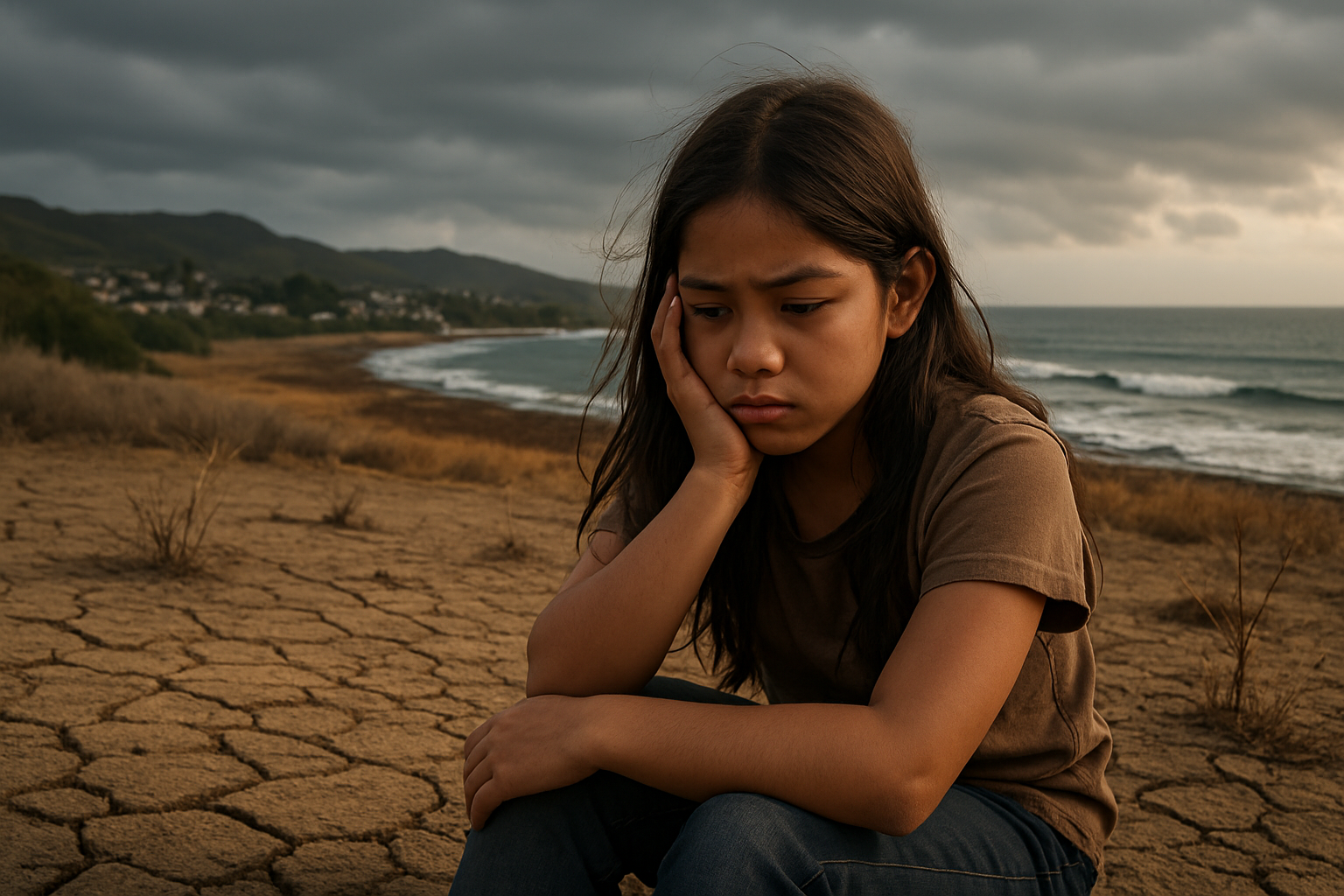Solastalgia: The Psychological Toll of Environmental Change
The intersection of climate change and mental health unveils a profound emotional landscape. Solastalgia, a term gaining traction in psychological circles, describes the distress caused by environmental change in one's home environment. This article delves into the growing phenomenon, its impact on communities, and the evolving strategies to address this unique form of eco-anxiety. Read below to explore how our changing planet is reshaping our emotional connection to place and identity.

The Roots of Solastalgia
The concept of solastalgia emerged from Albrecht’s observations of Australian communities affected by large-scale coal mining operations. Residents reported feelings of distress as their familiar landscapes transformed, leading to a pervasive sense of homesickness while still at home. This emotional response to environmental degradation has since been recognized globally, from areas impacted by natural disasters to regions facing gradual climate-induced changes.
Solastalgia challenges traditional notions of place attachment and identity. As ecosystems shift and familiar environments alter, individuals may experience a profound sense of loss and disorientation. This emotional toll can manifest in various ways, including anxiety, depression, and a decreased sense of belonging. The psychological impact of these changes extends beyond mere sadness, potentially influencing community cohesion and individual well-being on a fundamental level.
Manifestations Across Diverse Landscapes
While initially observed in mining-affected areas, solastalgia has proven relevant across a spectrum of environmental changes. Coastal communities facing rising sea levels, agricultural regions experiencing prolonged droughts, and urban areas undergoing rapid development all report symptoms consistent with this phenomenon. The psychological distress is not limited to dramatic, sudden changes; even subtle alterations in local flora, fauna, or weather patterns can trigger feelings of displacement and loss.
Indigenous communities often experience solastalgia acutely, given their deep cultural and spiritual connections to specific landscapes. As climate change alters traditional hunting grounds, sacred sites, and ancestral territories, many indigenous people report a profound sense of cultural loss intertwined with environmental change. This intersection of ecological and cultural disruption highlights the complex layers of solastalgia’s impact on human experience.
The Ripple Effect on Mental Health
The psychological implications of solastalgia extend beyond individual experiences, influencing community dynamics and public health. Research indicates that areas experiencing significant environmental change often see increases in mental health issues, substance abuse, and social conflict. The erosion of place-based identities can lead to a breakdown in community cohesion, further exacerbating the psychological toll of environmental shifts.
Children and young adults appear particularly vulnerable to solastalgia’s effects. Growing up in rapidly changing environments can disrupt the formation of place attachment, potentially impacting long-term psychological well-being and environmental stewardship. Educators and mental health professionals are increasingly recognizing the need to address these concerns in youth development programs and counseling practices.
Coping Strategies and Resilience Building
As awareness of solastalgia grows, so do efforts to develop coping strategies and resilience-building techniques. Environmental psychologists and community organizers are exploring ways to help individuals and communities navigate the emotional challenges of landscape change. These approaches often combine traditional mental health interventions with innovative environmental engagement practices.
One promising strategy involves fostering new forms of place attachment through community-based ecological restoration projects. By actively participating in efforts to rehabilitate local ecosystems, individuals can develop a sense of agency and connection to their changing environment. This proactive engagement not only addresses the immediate psychological needs but also contributes to broader environmental conservation efforts.
The Future of Solastalgia Research and Intervention
As climate change accelerates, understanding and addressing solastalgia becomes increasingly critical. Researchers are calling for more comprehensive studies to map the prevalence and impact of this phenomenon across different cultural and ecological contexts. This growing body of research aims to inform policy decisions, urban planning, and mental health interventions in environmentally vulnerable areas.
The concept of solastalgia also raises important questions about the future of human-environment relationships. As we grapple with the reality of a changing planet, how can we foster adaptable forms of place attachment that acknowledge the dynamic nature of ecosystems? The answers to these questions may shape not only our approach to mental health but also our broader strategies for environmental conservation and climate adaptation.





